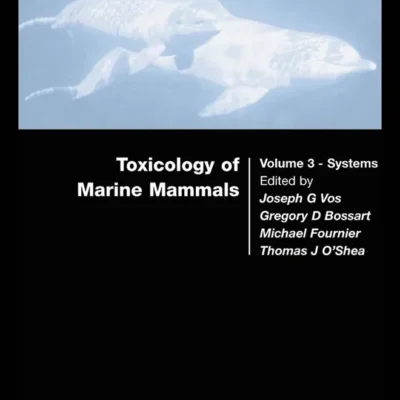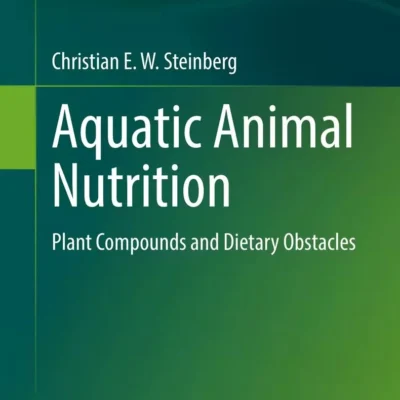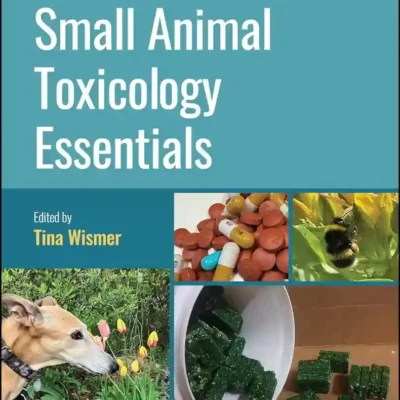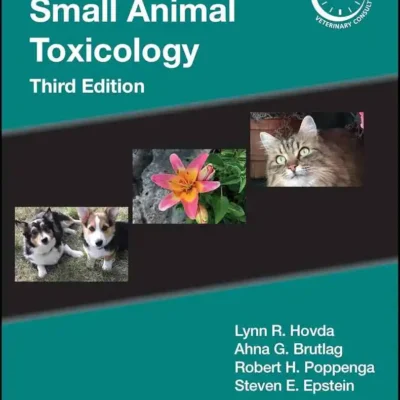Toxicology of Marine Mammals
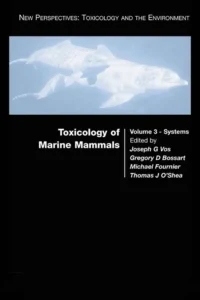
by Joseph G. Vos, Gregory Bossart, Michel Fournier, Thomas O’Shea
December 2002
Toxicology of Marine Mammals pdf
The activities of modern society have unleashed a range of toxic chemicals into the global environment. Many of these toxicants are now being detected in increasing quantities in the tissues of marine mammals, most notably in top predators who acquire relatively large amounts of toxic chemicals by ingesting contaminated prey.
Toxicology of Marine Mammals focuses on the effects of natural and introduced toxicants on organs and systems in marine mammals. It provides overviews on health status and contamination, with subsequent chapters devoted to whales, pinnipeds, dolphins, polar bears, manatees, and sea otters. Internationally renowned researchers assess the mounting evidence for adverse effects on reproduction and the chemically-induced increased susceptibility to death from infectious diseases. The concluding chapter addresses perspectives and issues for the future.
This compelling book features research from a vast geographic landscape ranging from the tropics to the Arctic, with case studies on intriguing areas of contamination such as the St. Lawrence River and the Baltic Sea. It identifies the severe threats that environmental contaminants pose to the health and future of marine mammals. It also makes an urgent call for legislation to regulate the incessant pollution ravaging our seas and devastating the marine mammal population worldwide. Toxicologists working in marine biology and veterinary medicine, conservation scientists, fisheries scientists, environmental scientists, and wildlife managers will all benefit from this comprehensive resource.
- Provides an overview of the impact of environmental contaminants on marine mammals
- Examines the methods and difficulties in assessing the health risks to these mammals and in determining the causal relationships between environmental contaminants and specific target organ toxicity
- Investigates strandings and die-offs
- Includes contributions from internationally recognized researchers




